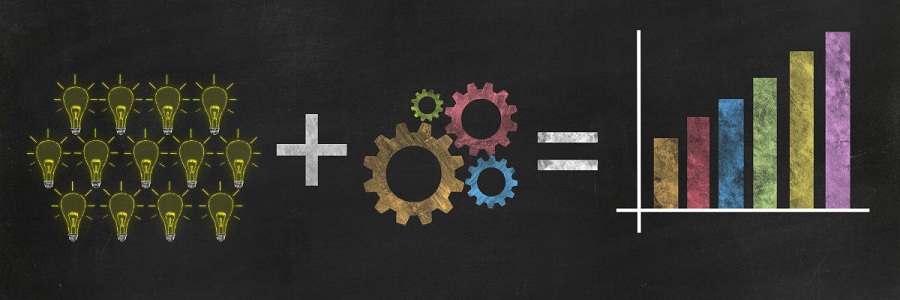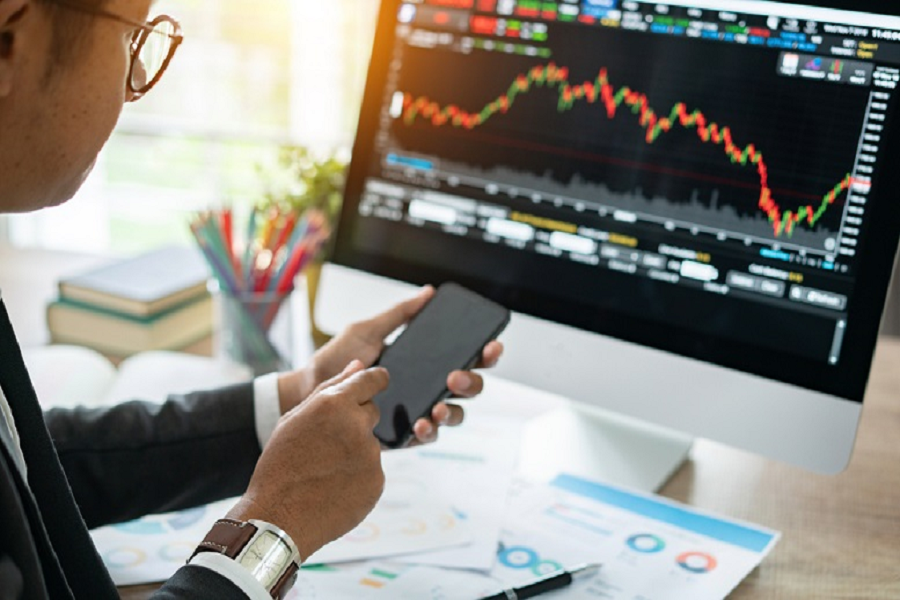Active investors might employ various tactics depending on their views, goals, risk tolerance, and other factors. One of those tactics is range trading. A stock is tactically bought and sold during a brief period. Range trading has dangers and restrictions you should be completely aware of. Make sure you have a strategy that outlines your goals and the limitations of applying this tactic in your entire portfolio. To assist you in getting started, consider these answers to frequently asked questions:
What is range trading?
Only around 30{9f22a6c9ed12e16e5983216e35523626546e516042fd2ddc7e378f3fecf7b312} of the time do markets trend. This aspect poses a challenge for traders hoping to profit from significant movements. Markets often move in ranges for the remainder of the time, but what does this mean?
A trading range is created when a market continually oscillates between two prices or levels for an established amount of time. Range trading may be seen in all time frames, from short-term five-minute charts to long-term daily and monthly charts, just like trend following, which can be employed in any time frame.
Contrary to trend following, range trading involves traders going long and short (at various points) based on the price’s location within the range. Typically, trend followers will follow the general trend, buying dips in a rising trend and selling rallies in a falling one.
As a price moves between two distinct levels and (at least on that time frame) does not go either upwards or downward, range trading permits a trader to do both.
What are the risks and limitations of range trading?
In the risk of range trading, it knows for how long and when a share or other investment trades between 2 prices possible. Therefore, if the share price moves differently than you expect it to throughout your time horizon, range trading could result in losses.
What trading tactics for ranges are there?
Some technical analysis techniques utilized with range trading include support and resistance, volume patterns, and moving averages because range trading includes recognizing essential price levels.
How does market movement impact range trading?
Markets fluctuate between trending or range expansion periods and non-trending or range contraction periods. Therefore, the trader’s initial objective is to ascertain whether the market is experiencing a trend throughout the period range they are interested in trading.
How does range trading use volume?
A key component of range trading is volume. By analyzing volume trends, you can validate patterns to decide if the time is correct to use a range trading strategy. Unfortunately, technical analysts frequently believe that volume comes before price; to validate any trend, volume must rise in the trend’s direction.
OVERVIEW
Range trading is a talent that is helpful to have. Most markets do not always trend, as was said at the outset. Trends are rare. Traders can profit from these non-trending markets by using range trading. Because it is impossible to predict when a range will start or end, traders are advised to wait until the range has been created rather than trying to predict the market’s direction.





